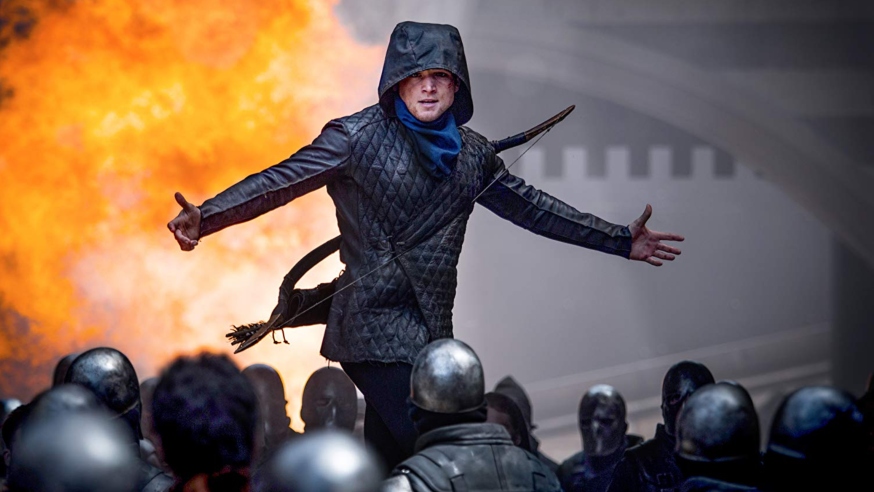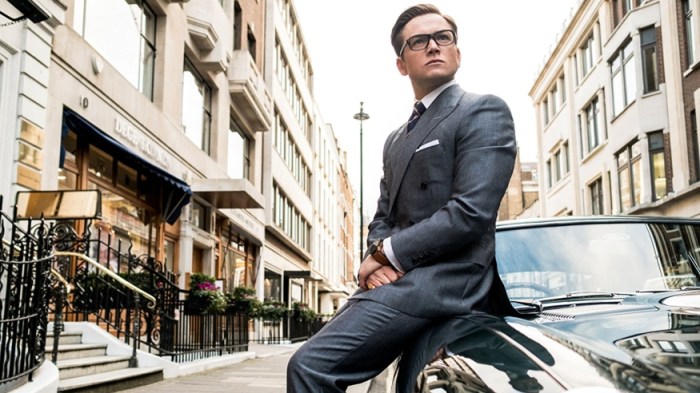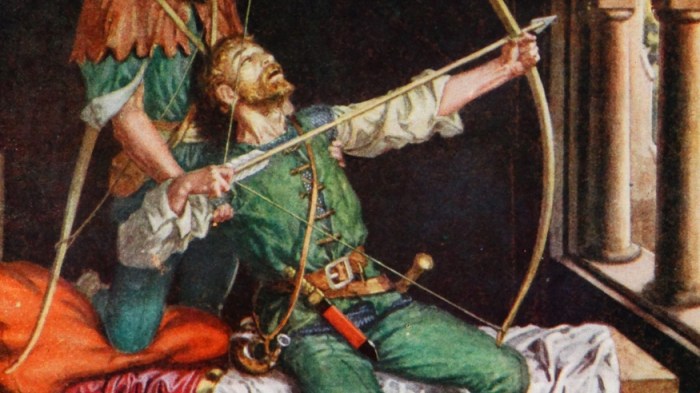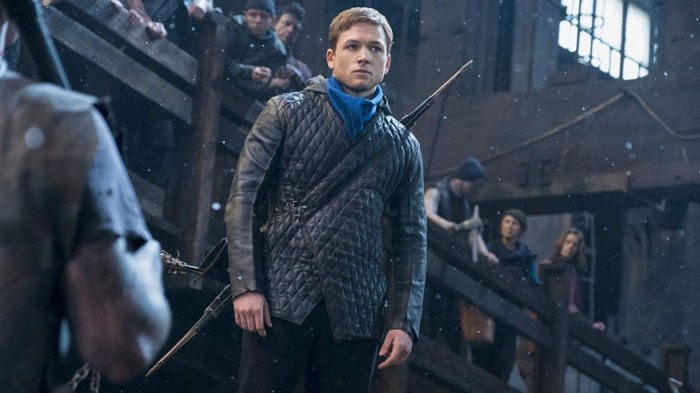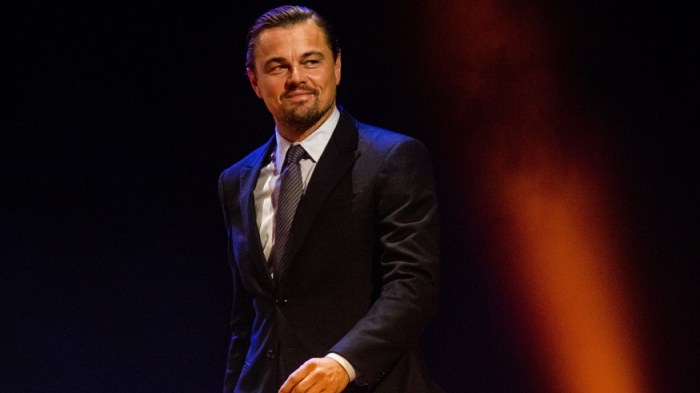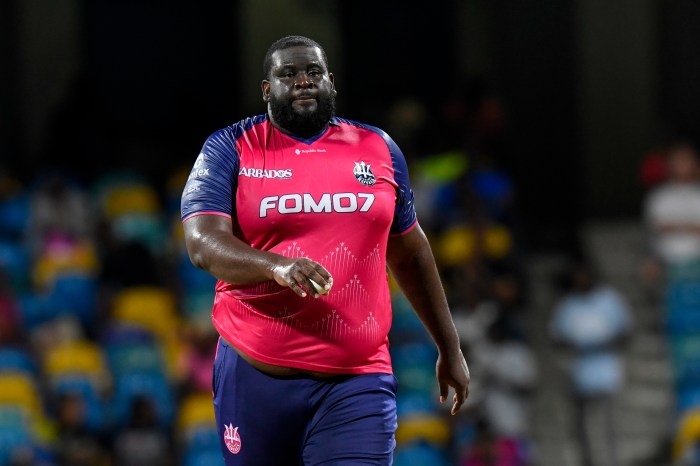Robin Hood star Taron Egerton and its director Otto Bathurst are well aware how many movies have been made of the heroic English outlaw.
In fact, when they were approached about yet another incarnation of “Robin Hood” they both questioned the need for the film.
However, it didn’t take long for the pair to see the potential to fit the iconic marksman into a cinematic landscape that’s dominated by superheroes.
“We wanted to make it in the mold of a superhero film,” Egerton recently explained to me. “Those are the type of films that do best. Those are the films that make money. Those are the films that audiences want to see.”
“So if you can apply some of those tropes and storytelling technique to a ‘Robin Hood’ movie then you could be on to a winner.”
“For a modern audience that are used to ‘The Avengers’ you have to find a way to ramp it up and make it feel as dangerous as possible. As high energy as possible.”
“The style of archery in the film is intended to feel superhuman, that’s Robin Hood’s super power. So Otto decided to dispense with any sense of what was historically accurate and did what was the most exciting.”
“This is not meant to be a quaint retelling of the ‘Robin Hood’ story,” added Bathurst, who, after his work on “Peaky Blinders” is making his feature film debut with “Robin Hood.”
“Anybody expecting that is going to be sorely disappointed. Nor is it meant to be a history lesson. The film is, obviously, historically completely bananas and the costumes are outlandish.”
“This is not what people looked and dressed like in medieval times. Nottingham didn’t look like that, mining hadn’t been invented at the time of the Crusades.”
“So the film is an anarchic mash-up. For very conscience reasons. Because I wasn’t interested in making a faithful ‘Robin Hood’ story.”
“There are going to be people that really react to what we have done. There will be people that hate the costumes and think our history is insane. That’s cool. But then they’ve missed the point.”
“If we’d stuck to the period it would have been harder to make it exciting,” insisted Egerton. “It is a commercial studio movie so you want to make sure it appeals to audiences that are used to superhero films and are used to fast-paced movies.”
But what about the criticism that there have already been too many “Robin Hood” movies?
“Stories do get retold,” is Egerton’s response. “We have always been like that. Whether it is on stage or in movies. It is probably more to do with cynicism being more prevalent. People like to be outraged.”
“This is meant to be a reflection for a modern audience,” added Bathurst. “That hopefully inspires.”
“In places we have got that right. In other places we havent’. That’s the process of making a big movie like this. It’s not perfect. There are things that didn’t land and things that are awesome.”
“If I had done a traditional ‘Robin Hood’ it may have been brilliant and be lovely. But it wouldn’t feel relevant to your life.”
“It wouldn’t make you feel in a different way. You’d just think, ‘That was 600 years ago, so what?’”
“That is to me the purpose of doing it this way. Because it might make people move in a different way after seeing the film.”
“Robin Hood” is released on November 21.

